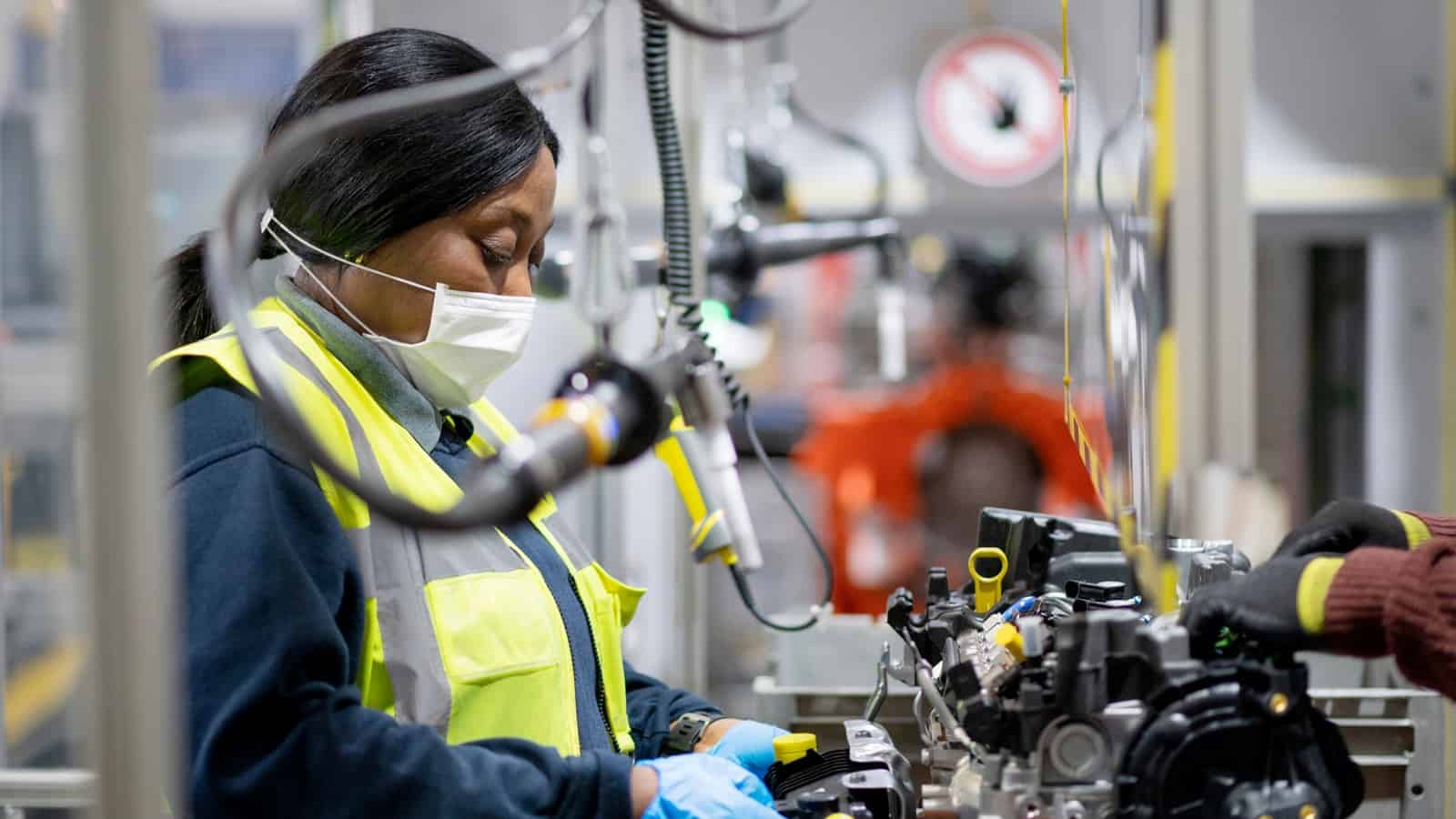2.1 Million Manufacturing Jobs Could Go Unfilled by 2030

The manufacturing skills gap in the U.S. could result in 2.1 million unfilled jobs by 2030, according to a new study by Deloitte and The Manufacturing Institute, the workforce development and education partner of the NAM. The cost of those missing jobs could potentially total $1 trillion in 2030 alone.
The study’s dramatic findings come from online surveys of more than 800 U.S.-based manufacturing leaders, as well as interviews with executives across the industry and economic analyses. All told, they paint a worrying picture of manufacturing’s labor shortage. The lack of skilled labor was the industry’s major challenge even before the pandemic, according to the NAM’s quarterly outlook surveys—and this new study shows it’s still a major concern today.
The hard data: About 1.4 million U.S. manufacturing jobs were lost during the early days of the pandemic, according to the study, setting back the manufacturing labor force by more than a decade. However, the industry has largely recovered those lost jobs and is now urgently seeking more workers.
- While the manufacturing industry recouped 63% of jobs lost during the pandemic, the remaining 570,000 had not been added back by the end of 2020, despite a near record number of job openings in the sector.
The inside scoop: Manufacturers surveyed reported that finding the right talent is now 36% harder than it was in 2018, even though the unemployment rate has nearly doubled the supply of available workers.
- Executives reported they cannot even fill higher paying entry-level production positions, let alone find and retain skilled workers for specialized roles.
- A long-term challenge: 77% of manufacturers say they will have ongoing difficulties in attracting and retaining workers in 2021 and beyond.
A bright spot: Fortunately, the study found that diversity, equity and inclusion (DEI) initiatives exert a growing influence on workforce trends and can help manufacturers fill these empty jobs. Manufacturers have more work to do to attract larger numbers of women and diverse workers to the industry, and the Institute is leading an industry-wide effort to close the opportunity gap.
Deloitte says: “Given the foundational role the manufacturing sector plays in our nation’s economy, it is deeply concerning that at a time when jobs are in such high demand nationwide, the number of vacant entry-level manufacturing positions continues to grow,” said Paul Wellener, Deloitte vice chairman and U.S. industrial products and construction leader. “Attracting and retaining diverse talent presents both a challenge and solution to bridging the talent gap. To attract a new generation of workers, the industry should work together to change the perception of work in manufacturing and expand and diversify its talent pipeline.”
The Institute says: “Manufacturers are proud to lead efforts to build stronger, more diverse and inclusive workplaces because we are committed to being the solution,” said Carolyn Lee, executive director of the Institute. “As we expand our programs at The Manufacturing Institute, and work with the National Association of Manufacturers on initiatives like our Creators Wanted campaign and tour, we’re making sure that Americans of all backgrounds in all states can find a home in manufacturing and get equipped with the skills to seize these opportunities.”
